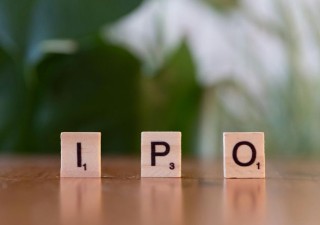Trademark litigation and valuation 101
19 November 2020

For any trademark litigation to happen, illustrative damages documents are needed and plaintiffs and defendants can submit different things for different issues, Lannin Bryer, a partner at Ladas & Parry in the New York, says in session “Preventing Number Nightmares: An Overview of Financial Issues and Concepts Facing Brand Owners.”
“If the issue of actual harm is involved, which means any harm that takes the form of lost profits and licensing revenue, price erosion as well as increased costs, plaintiff documents would include sales data, P&Ls, license agreements and defendants only have to provide sales data.”
For actual confusion, both plaintiffs and defendants are required to submit customer correspondence with customer surveys as external documents, says Bryer.
In corrective advertising, which means advertising to correct confusion that can be relevant to damages, plaintiffs only need to submit actual advertising costs, he says.
As far as harms to goodwill, reputation or brand value, plaintiffs need to submit customer correspondence, sales/profit forecasts and company valuations with customer surveys as external documents, he adds.
As company valuations often do not include the values of trademark, the three approaches in IP valuation are therefore discussed to showcase trademarks’ worth.
For the cost approach, value is the cost to recreate or replace the IP.
“Licensees avoid these costs by acquiring or licensing the subject IP,” says Monique Cheng Joe, head of brands and content intellectual property at NBC Universal Media in Los Angeles. “The cost approach is used when substitutes or ‘design arounds’ are available — it is sometimes useful for embryonic technology. And as a reminder, historical development cost does not equate to value or earnings potential.”
Methods to valuate IP in the cost approach include looking at historical development costs, costs to replace or reproduce and taking all costs such as opportunity cost into account, says Cheng.
In the market approach, value is the arm’s length price paid in comparable transactions, Cheng says. “Theoretically, licensees are not willing to pay more than what others have paid for similar IP.”
“We need to see what constitutes a ‘comparable’ transaction and the need to adjust for differences in transactions,” she says.
Methods used in the market approach include comparable transactions such as asset acquisitions or sales, comparable licensing transactions (used with the income approach which will be discussed in the following paragraphs) and auctions, she adds.
In the income approach, value is net present value of the expected future income or profit stream.
“A licensee is willing to pay some portion of its economic gain from using the IP,” Cheng says. “To achieve that, a licensee needs to forecast the amount, timing and risk of cash flow with rigorous methods that expose sensitive variables in order to apportion the value of IP.”
Discounted cash flow methods such as relief from royalty, excess or incremental earnings are generally applied in the income approach. However, there are times when advanced methods like decision trees, real option and Monte Carlo are adopted as well, she says.
In a nutshell, the key takeaways for both trademark litigation and valuation are to have sufficient information or documents, preparation time, financial resources and knowledge beforehand, says Mark Owen, head of Taylor Wessing’s UK IP & Media practice. “Remember knowledge and financial literacy is power!”
Johnny Chan






